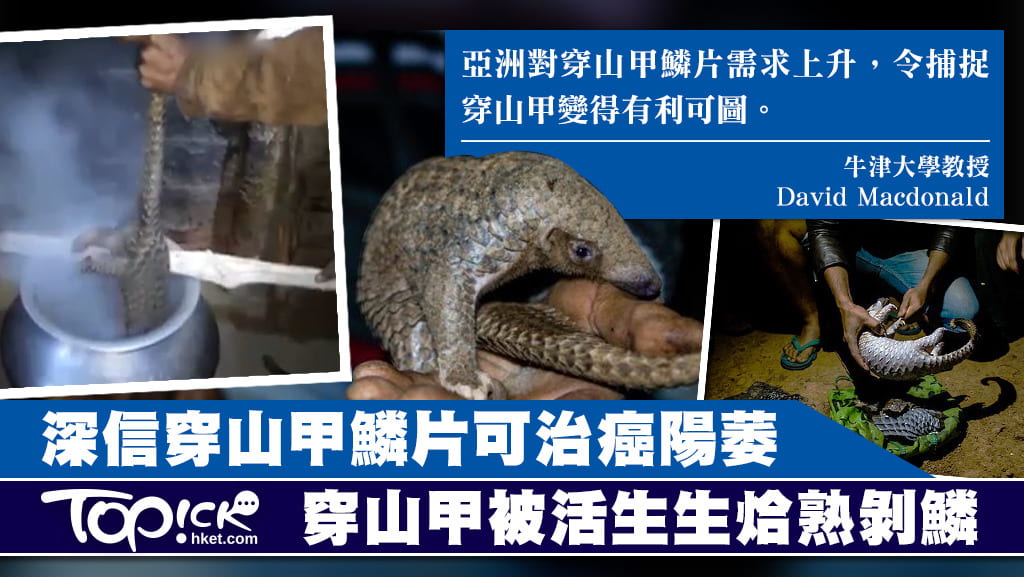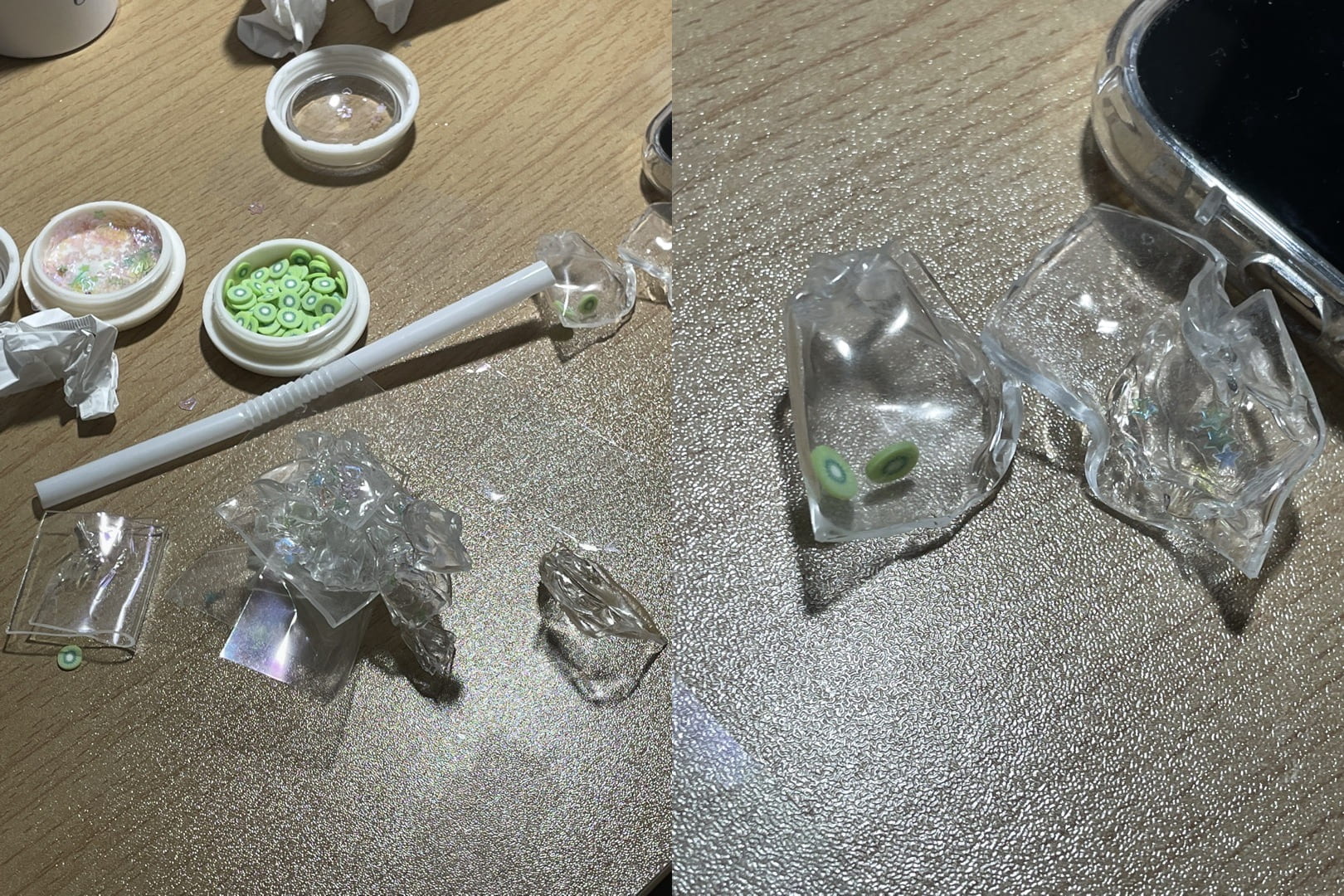#Blog 5: Identity & Mask
The relationship between fashion and identity is complex. On one hand, fashion can be a means of actively expressing our identity, showcasing our social class, mindset, and aesthetic. However, it can also act as a constraint to our true selves, pressuring us to conform to societal norms and trends. When fashion becomes overwhelming and pressures us to change who we want to be, our true selves can become suppressed by our fashion self. As in the reading, there is “the authenticity of the ‘other’, the ‘truth’ behind the appearance”, and there is “an alternative desire for artifice and play with appearance, through fashion and disguise. (141)” “The clothes we choose to wear represent a compromise between the demands of the social world, the milieu in which we belong, and our own individual desires. (142)”
In the movie, we see drag queens freely expressing themselves by transforming into characters that are outside of their race or sexual orientation. However, this freedom may not be entirely genuine, as part of what they are doing involves recognizing the already socially constructed higher status of the groups they are trying to emulate. This can create a power dynamic that may not be entirely reflective of their true selves. Despite this, by transforming themselves through fashion, they are also transforming the power dynamic between themselves and others, challenging societal norms. In the book, it pointed out an example rather penetrating that “Clothing, in this instance, is the only signifier of difference, serving to connote ‘femininity’ and ‘masculinity’. So strong are the connotations that items of clothing can even transcend the actual biological body: the commonly used expression ‘she wears the trousers’ is used to describe a dominant woman in a relationship who has acquired characteristics normally associated with men. Here ‘trousers’ signify ‘male’ and ‘masculine’. (169)”
Fashion as an industry, like any other industry, has natrually served the interests of the rich, and it can be difficult for those in lower socioeconomic positions to express themselves freely without facing societal pressure to conform. The only way that can lead the mainstream is to be rich and be in the dominant group in the sense of gender and race, which is almost impossible to change. But nowadays, the balance is gradually approaching even, with tough fight.
When considering how we choose to dress, it is important to take into account the impact of other people’s opinions on us. However, we should also be mindful not to overthink and put extra pressure on ourselves. It’s worth noting that fashion choices, whether conforming or non-conforming, are socially constructed. For example, wearing a typical straight-girl dress is a clear demonstration of conforming to societal norms. However, choosing not to wear one and instead dressing differently can also be a form of conforming to a different set of rules. In a society where subgroups are becoming increasingly popular, choosing to dress differently may still make us more like others, rather than expressing true uniqueness.
The mask we made tries to explicitly express self-protection and unspoken opinions or thoughts. The shape and color of the scute took inspiration from Manidae, which was widely smuggled in Africa and Asia for food and usage in traditional medicine, as a metaphor for the fear of danger of the outside world. The bubbles and protrusions on the forehead represent the unspoken, for example, affection, sarcasm/aggressiveness, narcissism, reason, chaos, etc. The yellow shaded area on the left of the head is the Broca’s area, which is a key component of a complex speech network, interacting with the flow of sensory information from the temporal cortex, devising a plan for speaking and passing that plan along to the motor cortex, which controls the movements of the mouth. We highlighted it to show the actvive state under the mask. Through presenting our shield and showcasing things that we normally are reluctant to feel ashamed to talk about, the mask helps the person wearing it transform their identity, from the Superego to the Id.

(Convinced that pangolin scales can cure impotence, pangolins are cooked alive and scales are plucked)
This is the base for our mask, made out of paper clay.
We used Acrylics to color it. We tried to blow bubble with Nanoglue, but failed multiple times, so we change to filling the bubbles with clay.

The final version seems a bit ugly|-|
We will try to figure out how to make best use of the materials next time.
